The Serama chicken is a popular breed of bantam chicken that has gained recognition all over the world for its small size and unique appearance.
Originating in Malaysia within the last 50 years, the Serama chicken is a relatively new breed that has quickly gained popularity among chicken keepers and homesteaders.
It is recognized as the smallest chicken breed in the world, standing no more than 10 inches tall when standing upright.
The Serama chicken is a true bantam breed, meaning that there is no large counterpart chicken.
Its small size and friendly demeanor make it a popular choice for backyard chicken keepers and as a beloved house pet.
Although still considered a scarcity in some countries, the number of Serama chickens is on the rise as more people discover the joy of keeping these tiny chickens.
In this article, we will discuss:
- Serama chicken overview, history, and origin
- What they look like and their behavioral characteristics
- Serama chicken egg production and breeding
- How to care for these tiny chickens
- Frequently asked questions
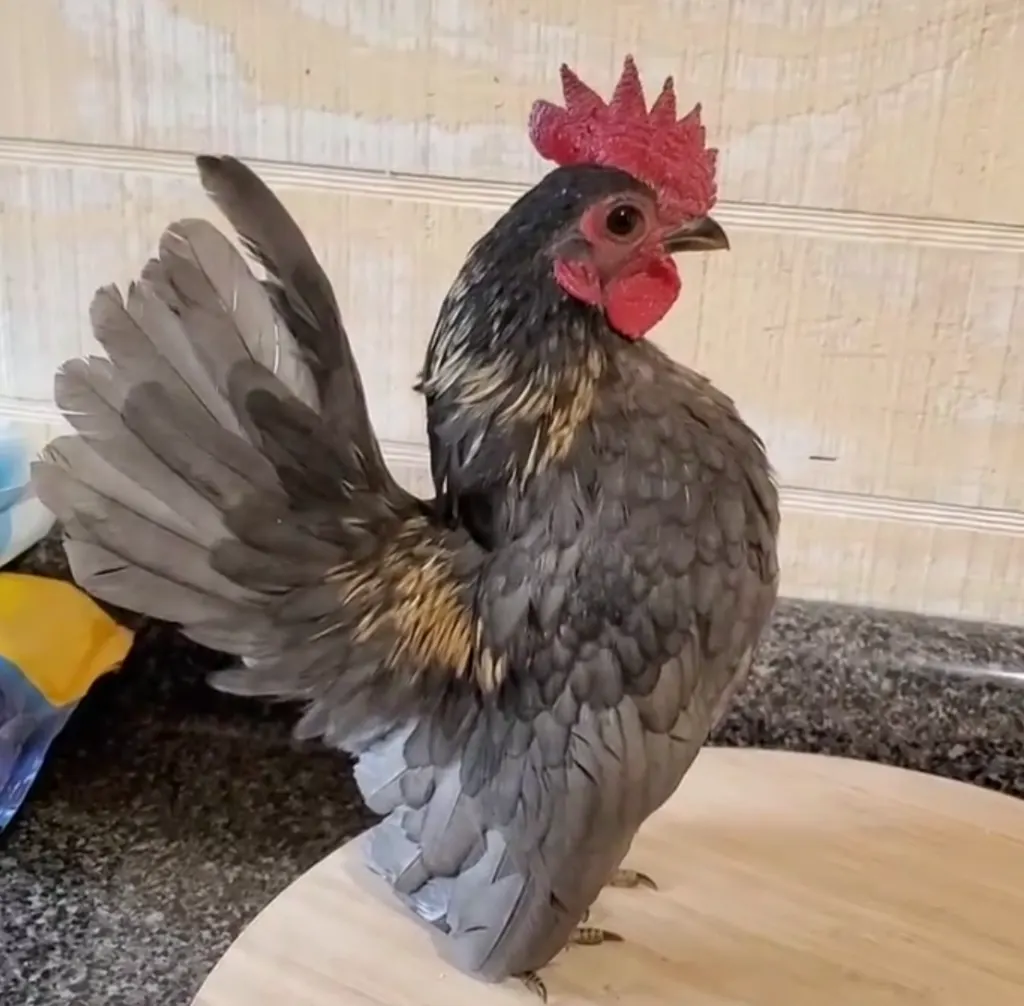
Serama Chicken Overview
| Lifespan | 7-10 years |
| Weight | Hens: 8-16 oz., Roosters: 10-19 oz |
| Appearance | Varies |
| Egg Color | Brown or white |
| Egg Size | Extra Small |
| Egg Production | 180-200 per year (~4 per week) |
| Broodiness | Medium |
| Beginner Friendly | Yes |
| Space Needed | 1-2 square feet inside the coop, 3-4 square feet outdoors |
| Price | $10-$90 per chick |
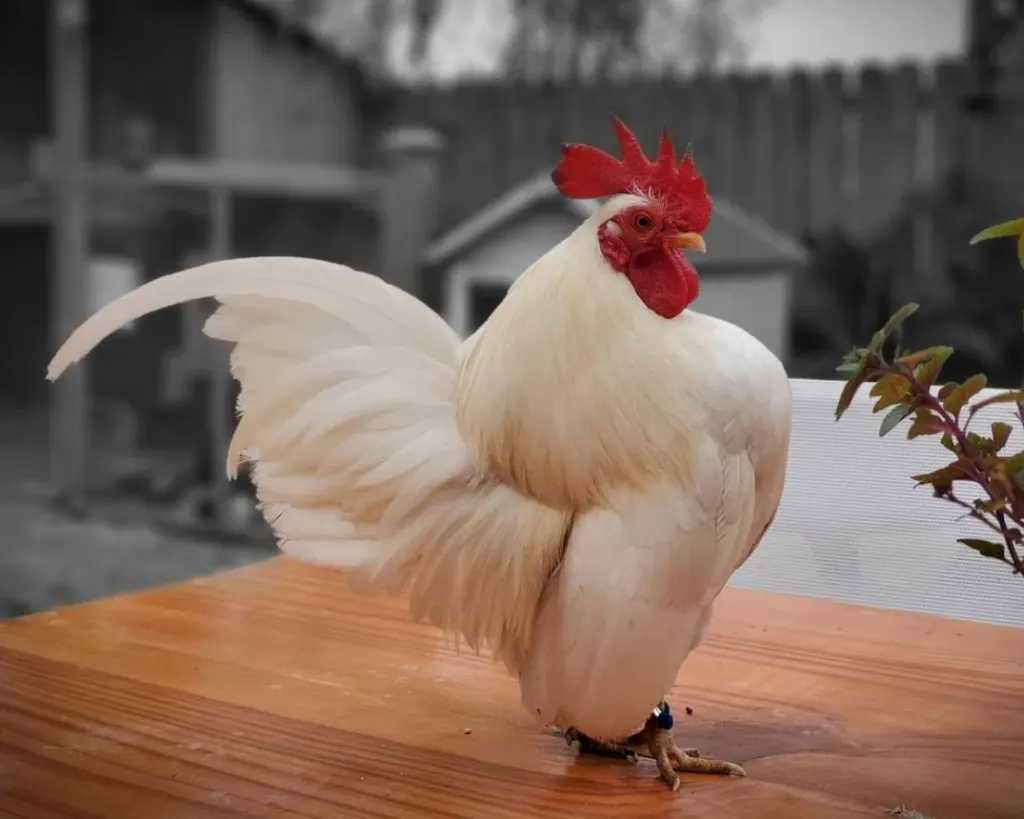
History and Origin
Serama chickens have a unique history and origin.
In this section, we will discuss where they originated from and where they are popular today.
Origin in Malaysia
The Serama chicken breed is believed to have originated in the Malaysian state of Kelantan.
According to one story, the breed was created by crossing Japanese and Malaysian bantams.
Another theory suggests that the King of Thailand gifted some small chickens to a local sultan in ancient times, and these birds were used to develop the Serama breed.
However, the true ancestry of the breed is still a matter of debate.
Introduction to North America
The Serama chicken breed was introduced to North America in the early 2000s.
Jerry Schexnayder, a poultry enthusiast from Louisiana, was the first person to import Serama chickens to the United States.
He established the Serama Council of North America in 2003 to promote the breed and organize shows and competitions.
Introduction to Europe
The Serama chicken breed was introduced to Europe in the mid-2000s.
The breed quickly gained popularity among poultry enthusiasts in the United Kingdom and other European countries.
Today, there are several Serama chicken clubs and organizations in Europe, including the Serama Breeders Association in the UK.
The modern Serama chicken breed was developed by Wee Yean Een, a poultry breeder from Malaysia.
In 1971, he began a breeding program that involved crossing Ayam Kapans with Japanese bantams and Silkies.
He selectively bred these birds for several years to create the Serama chicken breed.
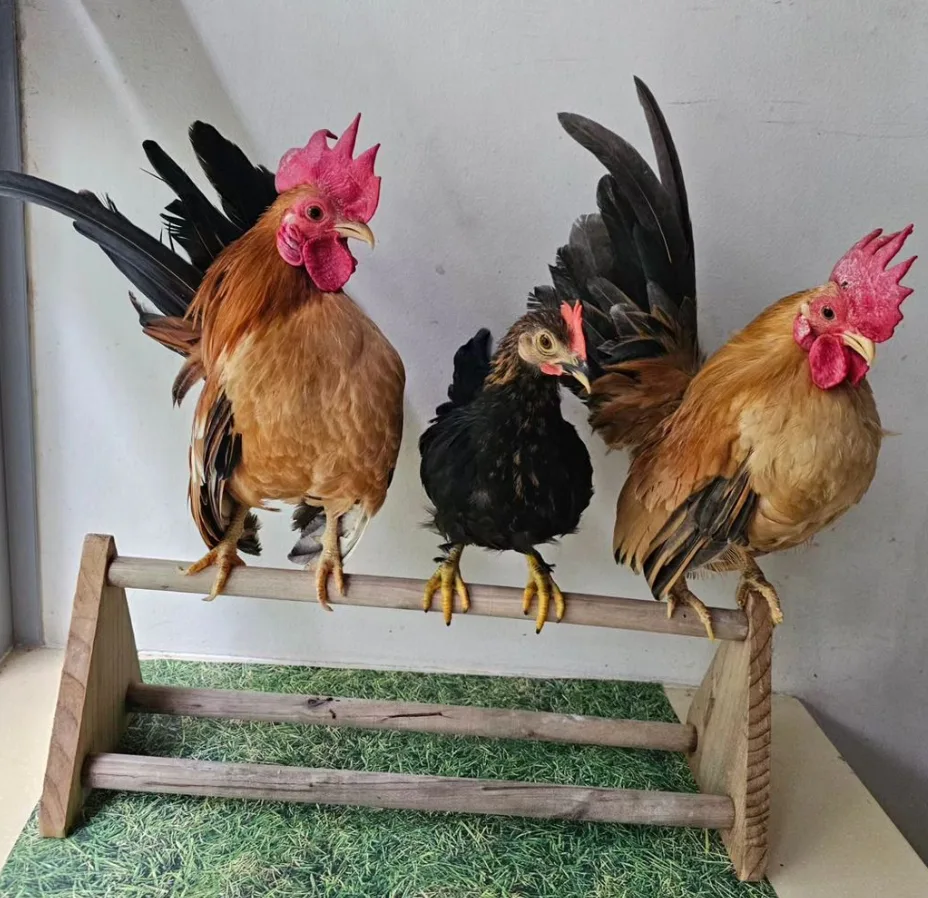
Physical Characteristics
Serama chickens are a small and unique breed of chicken that have become increasingly popular among poultry enthusiasts.
They are known for their striking appearance and upright posture.
In this section, we will discuss the physical characteristics of Serama chickens, including their size and weight, color variations, comb, earlobes and wattles, body posture, and feather types.
Size and Weight
Serama chickens are one of the smallest breeds of chicken in the world.
They typically range in height from 6 to 10 inches tall.
Their weight varies based on different classifications:
| Class | Hens | Roosters |
| Class Micro | Up to 8 oz | Up to 10 oz |
| Class A | Under 12 oz | Under 13 oz |
| Class B | Under 15 oz | Under 16 oz |
| Class C | Under 19 oz | Under 19 oz |
If their weight goes above or under these weights, they are not considered to be a Serama chicken.
Color Variations
Serama chickens come in various colors, including black, white, blue, wheaten, and frizzled.
They can also have a silky appearance.
The color of their legs and beak can vary depending on the color of their feathers.
Comb, Earlobes, and Wattles
Serama chickens have a single comb and small wattles.
Their earlobes are small and round and can be either white or red depending on the color of their feathers.
Body Posture
Serama chickens have a unique body posture that sets them apart from other breeds of chicken.
They carry themselves in a “V” shaped upright posture, with their chest thrust out, head held high, and tail feathers held at attention.
They also have a muscular body and carry a full breast.
Feather Types
Serama chickens can have a variety of feather types, including smooth and frizzled.
The frizzled feathers are curled and give the chicken a unique appearance.
They also have fairly large wings in proportion to their body size.
Serama chickens are a popular breed for exhibition and competition and are sure to make a great addition to any flock.
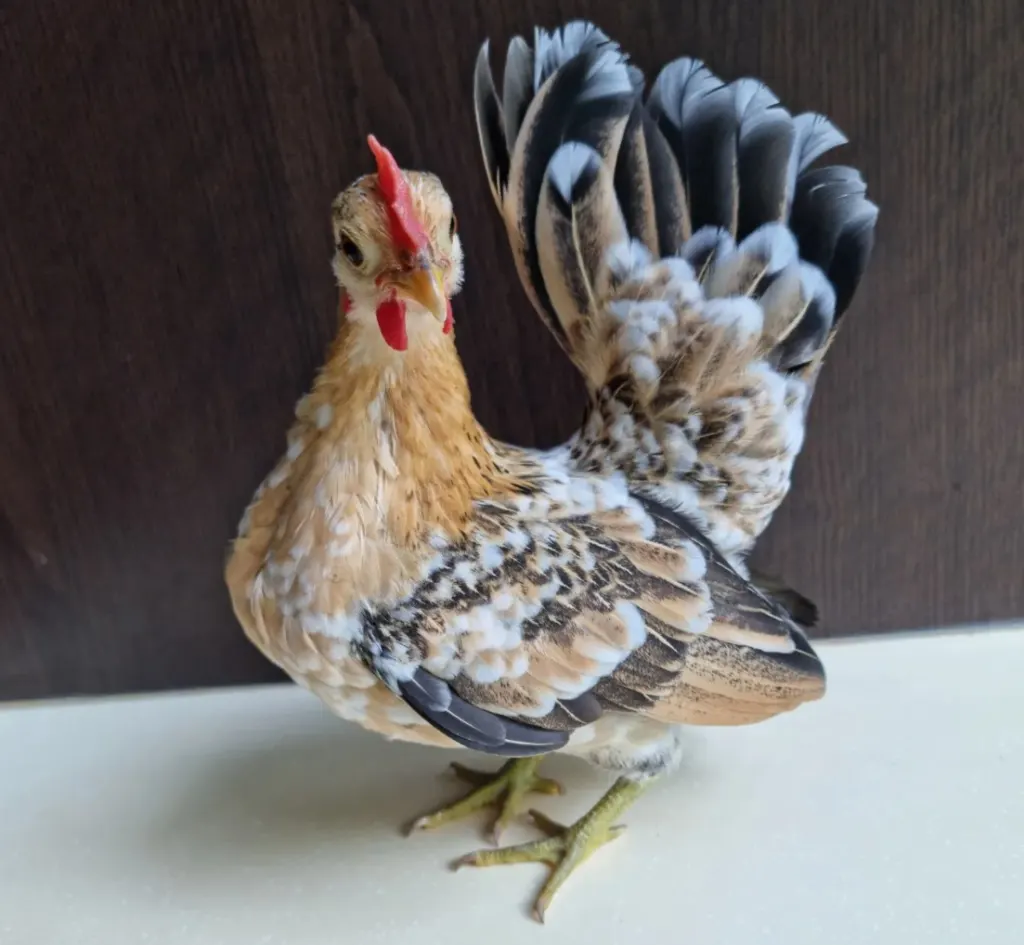
Breed Classification
Serama chickens are a small breed of chicken that are considered true bantams, meaning they have no large fowl counterpart.
They are recognized by various poultry organizations around the world, including:
- American Poultry Association (APA)
- American Bantam Association (ABA)
- Poultry Club of Great Britain (PCGB)
American Poultry Association Classification
The APA recognizes Seramas as a breed in the bantam class, with roosters weighing no more than 19 ounces and hens weighing no more than 16 ounces.
They are further classified into three classes based on their size: A, B, and C.
Class A Seramas are the smallest, with roosters weighing less than 10 ounces and hens weighing less than 8 ounces.
Class B Seramas are slightly larger, and Class C Seramas are the largest.
American Bantam Association Classification
The ABA also recognizes Seramas as a bantam breed, with roosters weighing no more than 16 ounces and hens weighing no more than 14 ounces.
They are classified into two classes based on their size: A and B.
Class A Seramas are the smallest, with roosters weighing less than 10 ounces and hens weighing less than 8 ounces.
Class B Seramas are slightly larger, with roosters weighing between 10 and 16 ounces and hens weighing between 8 and 14 ounces.
Poultry Club of Great Britain Classification
The PCGB recognizes Seramas as a small breed, with roosters weighing no more than 16 ounces and hens weighing no more than 14 ounces.
They are classified into three classes based on their size: A, B, and C.
Class A Seramas are the smallest, with roosters weighing less than 10 ounces and hens weighing less than 8 ounces.
Class B Seramas are slightly larger, and Class C Seramas are the largest.
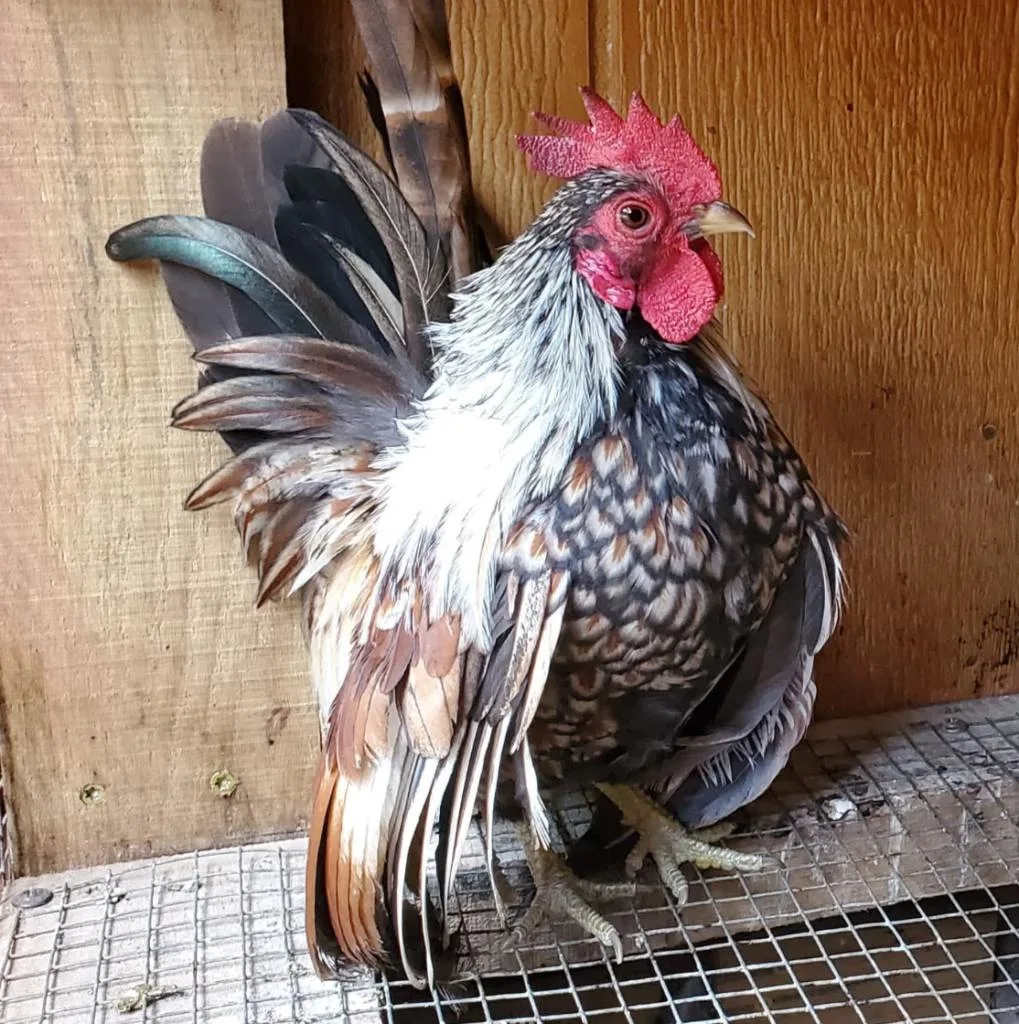
Behavior and Temperament
Serama chickens are known for their friendly and affectionate behavior towards humans.
They have a unique personality that makes them stand out from other chicken breeds.
This section will explore their personality traits, interaction with humans, and interaction with other chickens.
Personality Traits
Serama chickens are assertive and confident birds.
They are not afraid to stand up for themselves, and they will defend their territory if necessary.
However, they are also calm and quiet birds, making them ideal house pets.
They are not as noisy as other chicken breeds, however, they can be chatty and love to talk amongst themselves.
Interaction with Humans
Serama chickens are known for their friendly and affectionate behavior towards humans.
They enjoy being handled and petted, and they will often follow their owners around the house.
They are also good with children, making them ideal pets for families.
Interaction with Other Chickens
Serama chickens are not aggressive towards other chickens, but they can be quite assertive.
These chickens will defend their territory and will not back down from a challenge.
They are, however, very friendly and will get along with other calm and docile breeds.
Serama Chicken Breeding
Fertility Rates
Serama chickens are generally easy to breed and have a good fertility rate.
However, it is important to note that the fertility rate can be affected by various factors such as age, health, and diet.
Serama roosters can start mating at around 6 months of age, while hens can start laying eggs at around 5 months of age.
It is recommended to have a ratio of one rooster for every 4-6 hens to ensure good fertility rates.
Hatching Process
Serama chickens have a tendency to go broody, which means they have a strong instinct to incubate their eggs and raise their chicks.
However, if you want to hatch Serama eggs on your own, you can use an incubator.
Serama eggs typically take about 19-21 days to hatch.
During the incubation process, it is important to maintain a consistent temperature and humidity level.
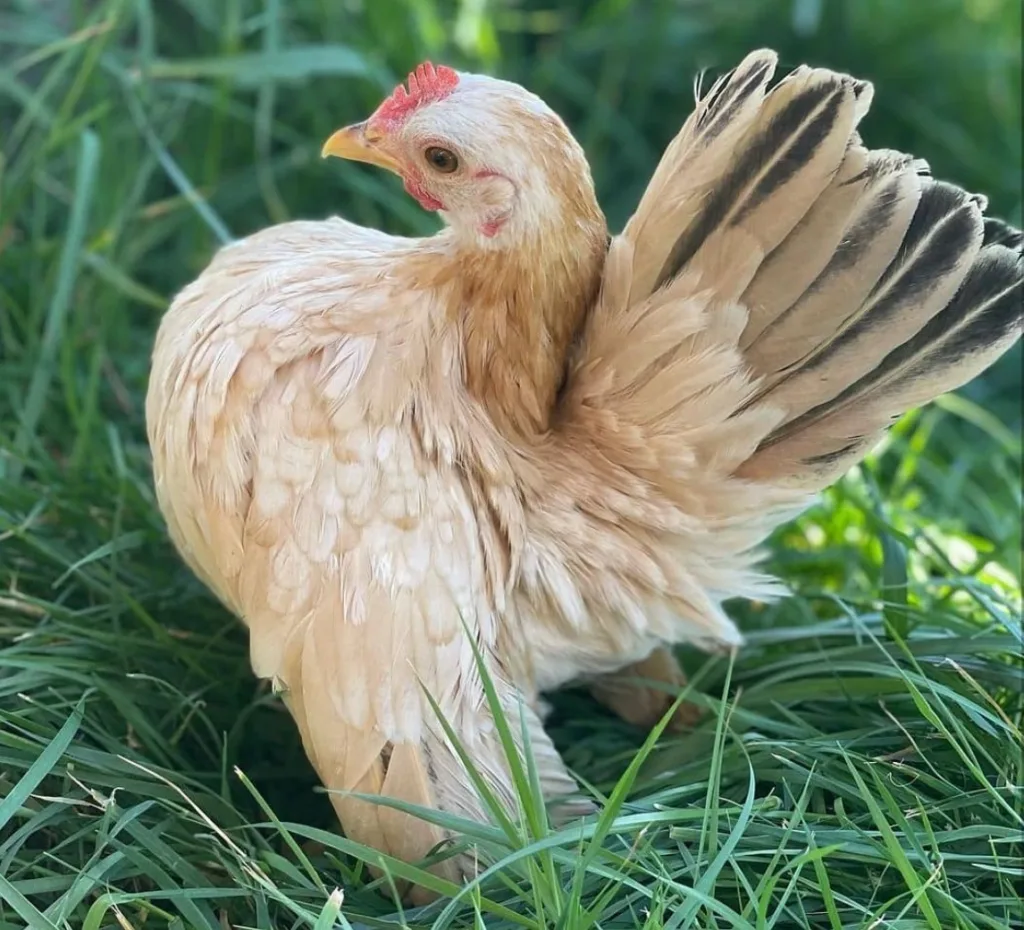
Egg Production
Serama chickens are not known for their high egg production rates.
However, they do lay small eggs that are proportionate to their size.
On average, a Serama hen can lay around 180-200 eggs per year.
It is important to note that egg production can be affected by various factors such as age, health, and diet.
Broodiness
As mentioned earlier, Serama chickens are known for their broodiness.
This means that they have a strong instinct to incubate their eggs and raise their chicks.
However, this can also lead to a decrease in egg production as the hen may stop laying eggs while she is brooding.
If you want to increase egg production, you can try to discourage broodiness by removing the eggs from the nest or providing a separate area for the hen to brood.
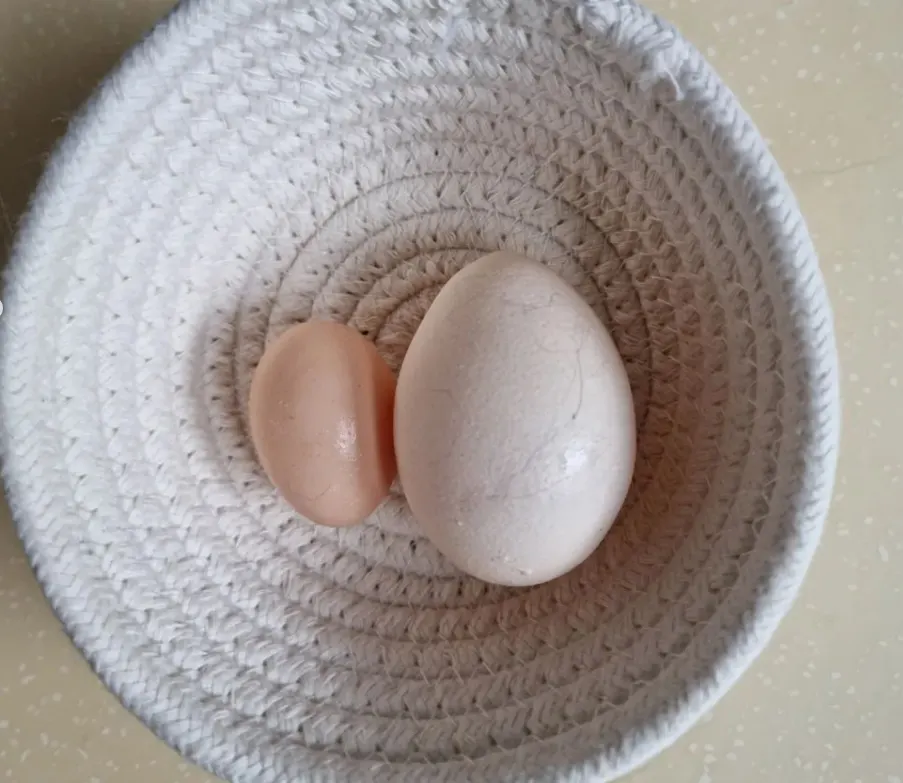
Health and Care
Serama chickens are generally healthy birds that require minimal care, making them an ideal choice for beginner chicken keepers.
However, like all animals, they do require some basic care to ensure they stay happy and healthy.
In this section, we will discuss some important aspects of caring for Serama chickens, including their climate adaptability, protection from predators, and diet and nutrition.
Climate and Temperature
Serama chickens are adaptable to a wide range of climates, but they do best in warm, tropical environments.
Any temperature below 40°F is too cold for Seramas.
They are not well-suited for cold, harsh winters, so if you live in a colder climate, you will need to provide them with a warm, dry shelter.
Additionally, during hot weather, it is important to provide them with plenty of shade and fresh, cool water to prevent heat stress.
Coop Setup
Serama chickens are small and therefore do not require much space.
However, these chickens require an adequate coop setup, just like any other chicken breed.
Inside the coop, each Serama should have 1-2 square feet inside, with nesting boxes that have clean nesting material.
Their coop should be clean, dry, and well-ventilated.
Outside their coop in the run or while free-ranging, Seramas require 3-4 square feet per bird.
This allows them enough space to roam and forage.
Protection from Predators
Serama chickens are small birds and are vulnerable to a variety of predators, including foxes, raccoons, and birds of prey.
It is important to provide them with a secure shelter that is protected from predators.
Additionally, if you allow your Serama chickens to free-range, it is important to supervise them and provide them with a safe area to forage.
Diet and Nutrition
Serama chickens are relatively easy to feed and require a balanced diet that includes a combination of commercial feed and fresh foods.
It is important to provide them with a high-quality commercial feed that is specifically formulated for chickens.
In addition, they should have access to fresh water at all times.
Serama chickens also enjoy foraging for insects and other small creatures, so providing them with access to a small outdoor area to forage can be beneficial for their health and well-being.
In addition to their basic diet, it is important to supplement their diet with vitamins and minerals to ensure they are getting all of the nutrients they need.
Some common supplements include calcium, which is important for strong eggshells, and grit, which helps them digest their food.
It is also important to monitor their weight and adjust their diet accordingly to prevent obesity or malnourishment.
Health Concerns
Seramas are a small but hardy breed with not a lot of health issues to be worried about.
However, like all animals, they are still susceptible to certain health concerns.
Serama chickens can carry a lethal gene that may cause some of their offspring to die in the egg or shortly after hatching.
It is important to purchase Serama chickens from reputable breeders who have tested their breeding stock for the lethal gene.
This breed also tends to molt year-round, instead of one big molt once per year.
While this isn’t necessarily a health concern, it is something to keep in mind when raising these tiny chickens.
In addition to the lethal gene and molting, almost all chicken breeds are susceptible to lice and mites.
This can be treated with poultry dust by dusting them once or twice per day for a week.
It is also smart to do a routine dusting for prevention.
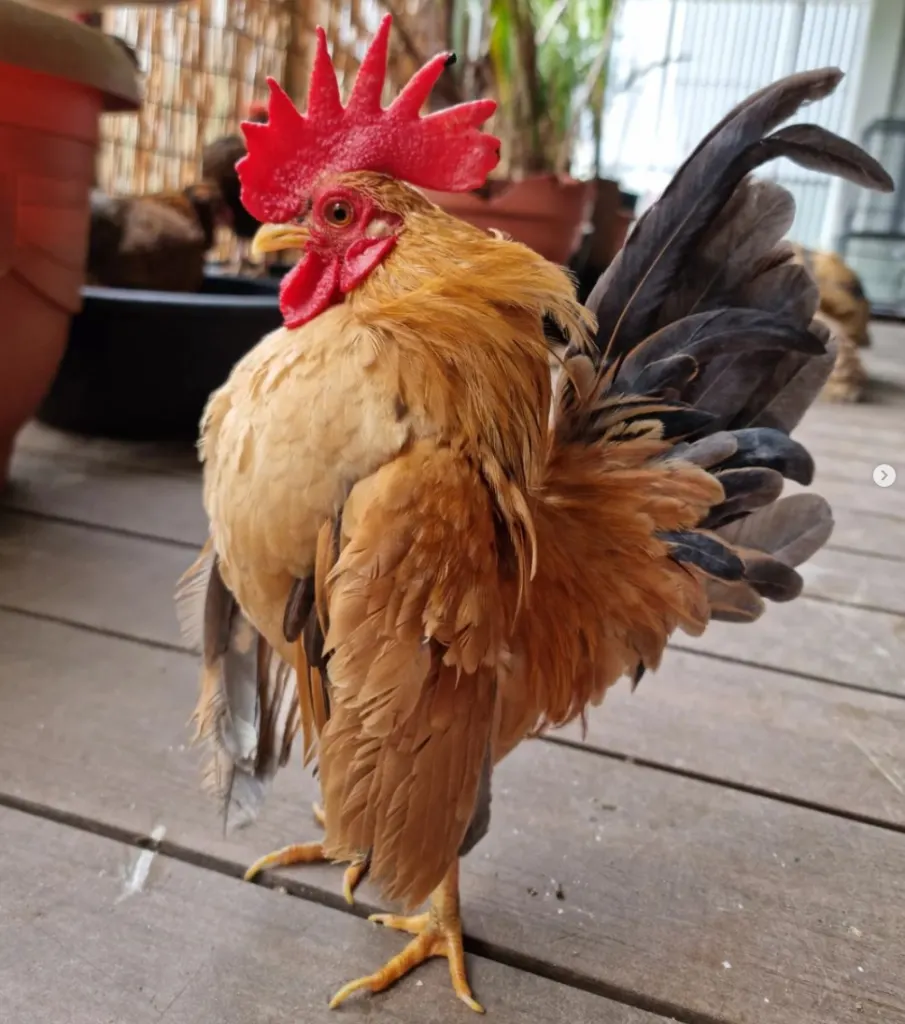
Serama Chickens Around the World
Serama chickens have become increasingly popular worldwide due to their small size, unique appearance, and friendly personality.
Here are some examples of how Serama chickens are being kept and bred around the world.
Seramas in the United States
Serama chickens have gained a significant following in the United States, with many breeders and enthusiasts dedicated to preserving and improving the breed.
The Serama Council of North America was established in 2003 to promote the breed and host shows and competitions.
Seramas are recognized by the American Poultry Association and can be shown in their own class at poultry shows.
In the US, Seramas are often kept as indoor pets or in small backyard flocks due to their small size and docile nature.
They are also popular for exhibition and competition, with breeders striving to produce birds with the ideal conformation and coloration.
Seramas in the UK
Serama chickens have also gained a following in the UK, with breeders and enthusiasts working to promote and improve the breed.
The British Serama Club was established in 2004 to support and promote the breed, with members participating in shows and competitions.
In the UK, Seramas are often kept in small flocks in backyards or gardens.
They are also popular for exhibition and competition, with breeders striving to produce birds with the ideal conformation and coloration.
Seramas in Singapore
Serama chickens are native to Malaysia, and they have gained a significant following in neighboring Singapore.
The Serama is the official bird of the Singapore Zoo, and they are often kept as pets or in small flocks in backyards or balconies.
In Singapore, Seramas are also popular for exhibition and competition, with breeders striving to produce birds with the ideal conformation and coloration.
The Serama breed has even been featured in the Singapore Garden Festival, with Serama chickens on display in beautifully landscaped gardens.
Final Thoughts
Serama chickens are a fascinating breed that have gained popularity in recent years due to their small size, striking beauty, and friendly personalities.
They are perfect for small urban backyards, and their unique appearance makes them a fun addition to any flock.
While the Serama chicken may be small, it is a breed that should not be underestimated.
They have a big personality and a lot of spunk, which makes them a favorite among chicken enthusiasts.
When it comes to caring for Serama chickens, it is important to provide them with a clean and safe living environment, a nutritious diet, and plenty of socialization.
With proper care, these chickens can live long and healthy lives, and provide their owners with endless entertainment and joy for years and years.
Frequently Asked Questions
What is the average lifespan of a Serama chicken?
Serama chickens have an average lifespan of 7-10 years, which is similar to other chicken breeds.
What is the difference between Serama and bantam?
Bantam chickens are not a breed, but are miniature versions of regular chicken breeds.
Seramas are a small breed of chicken and are considered to be true bantams.
This means that they are naturally small birds that do not have a standard-size counterpart.
They are one of the smallest breeds of chickens in the world, with roosters weighing no more than 19 oz.
They are significantly smaller than other chicken breeds and are often compared to pigeons or doves in size.
What are Serama chickens good for?
Serama chickens are known for their friendly and curious personalities.
They are active and enjoy being around people, making them a popular choice for backyard flocks and as pets.
These birds are also considered to be ornamental chickens and are often raised as show birds.
They are not typically used for meat or egg production.
Why are Serama Chickens so expensive?
Serama chickens are so expensive due to their small size, docile personalities, and the overall popularity of the breed.
These birds are small, cute, and easy to care for, making them a well-sought-after breed.
Can Serama chickens be kept with other chicken breeds?
Yes, Serama chickens can be kept with other chicken breeds as long as they are introduced slowly and given enough space to establish their own pecking order.
It is important to monitor their interactions to ensure that they are getting along and not being bullied by larger birds.
Breed Guides

